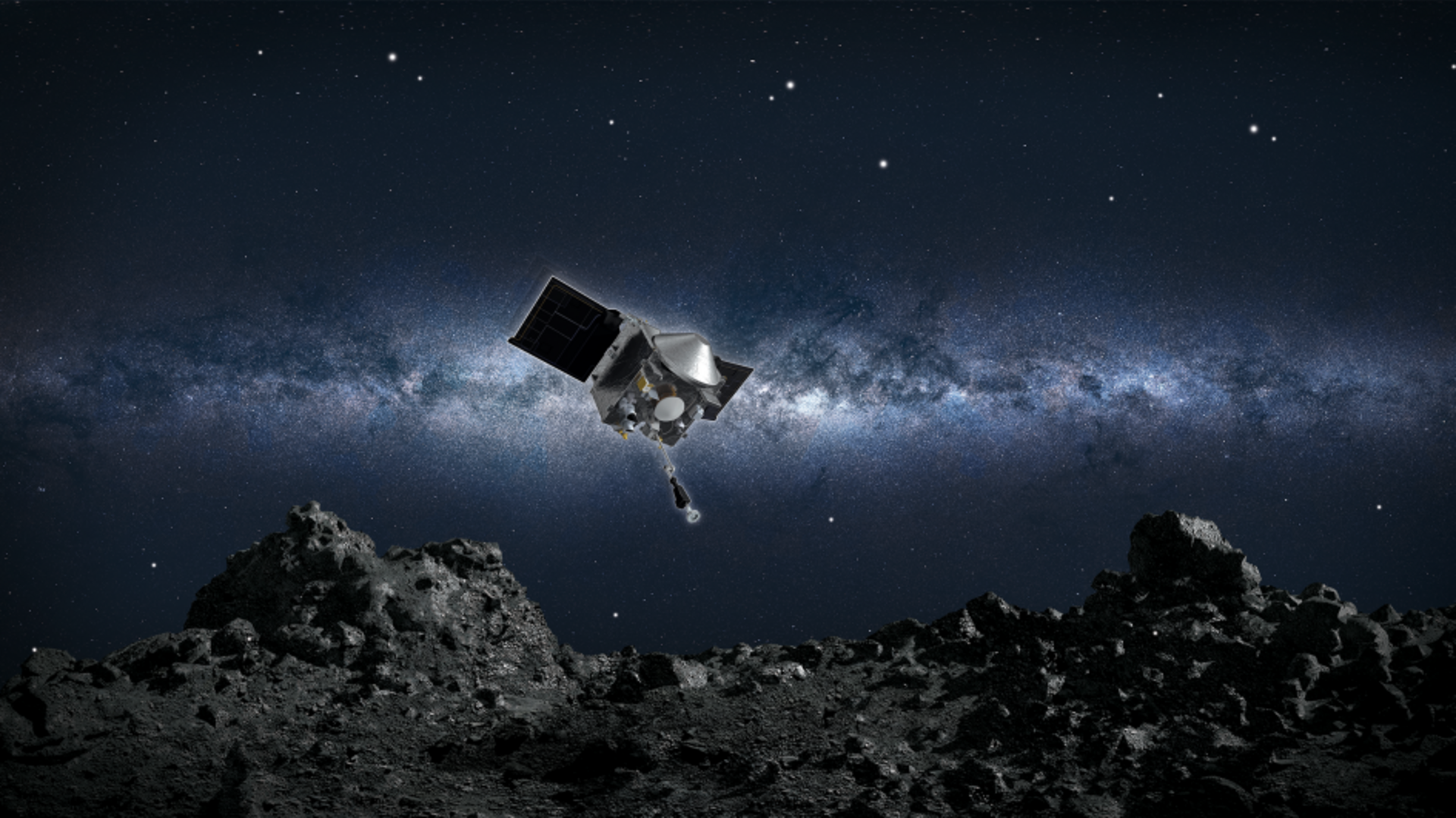
How NASA's OSIRIS-REx will return 4.5 billion-year-old asteroid sample
What's the story
NASA's OSIRIS-REx (Origins Spectral Interpretation Resource Identification Security -Regolith Explorer) will bring back sample from an early solar system asteroid, called Bennu, this September. The spacecraft picked up rock and dust—known as regolith—from Bennu in October 2020 and is now on track to return the sample to Earth for further examinations. Here's a closer look at how the mission will deliver the extraterrestrial sample.
Context
Why does this story matter?
So far, samples from the Moon have been brought back to Earth by the Apollo 17 mission astronauts. OSIRIS-REx is NASA's first asteroid sample return mission which makes it crucial for the space agency. In addition, the probe will be close to marking seven years when it returns to Earth with the obtained asteroid specimen.
Reason
Why are scientists interested in samples from asteroids?
Asteroid Bennu is said to be a remnant of the early solar system, dating back to 4.5 billion years ago. Scientists believe the sample from this space rock could provide insights into how planets formed and how life on Earth as we know it came into existence. In addition, the mission could also provide a better understanding of the asteroids that could impact Earth.
Process
The asteroid sample return is scheduled for September 24
As per the current schedule, on September 24, OSIRIS-REx's sample return capsule will separate from the main spacecraft, about 250km above Earth's surface, and enter the planet's atmosphere. The capsule will make a parachute-guided landing at the Utah Test and Training Range. The mission's sample return capsule is designed to endure the extreme conditions as it makes its way through Earth's atmosphere.
Landing
The return capsule will be unpacked in a clean room
Once OSIRIS-REx's sample return capsule has landed, it will be taken to a mobile clean room. The team will unpack the vehicle's heat shield and exteriors to extract the sealed container, which holds the asteroid sample. Specimens will also be collected from the point the space capsule landed to verify if there have been any contamination risks to the asteroid sample during landing.
Treatment
The sample will be studied at NASA's ARES division
The Bennu sample will be studied at a specialized facility called Astromaterials Research and Exploration Science (ARES) division at NASA's Johnson Space Center. This division contains a massive collection of extraterrestrial materials, including samples from the Moon, meteorites, and comets. Around 200 scientists from across the world, including JAXA (Japan Aerospace Exploration Agency), and CSA (Canadian Space Agency) will be involved in the investigations.
Handling
70% of the returned asteroid sample will be preserved
Interestingly, some of the asteroid material collected from Bennu's surface will measure smaller than a grain of sand. Scientists will be characterizing and analyzing the asteroid sample for quite some time, about two years from the last quarter of 2023 to late 2025. At least 70% of the returned asteroid sample will be preserved by NASA for future research.